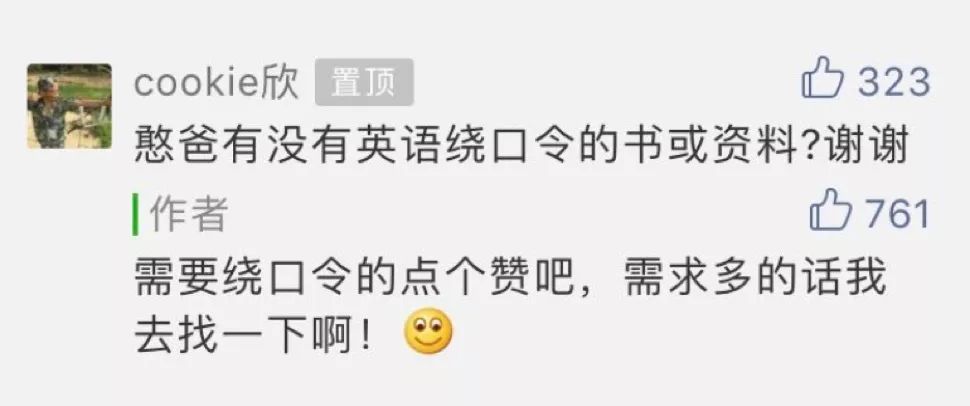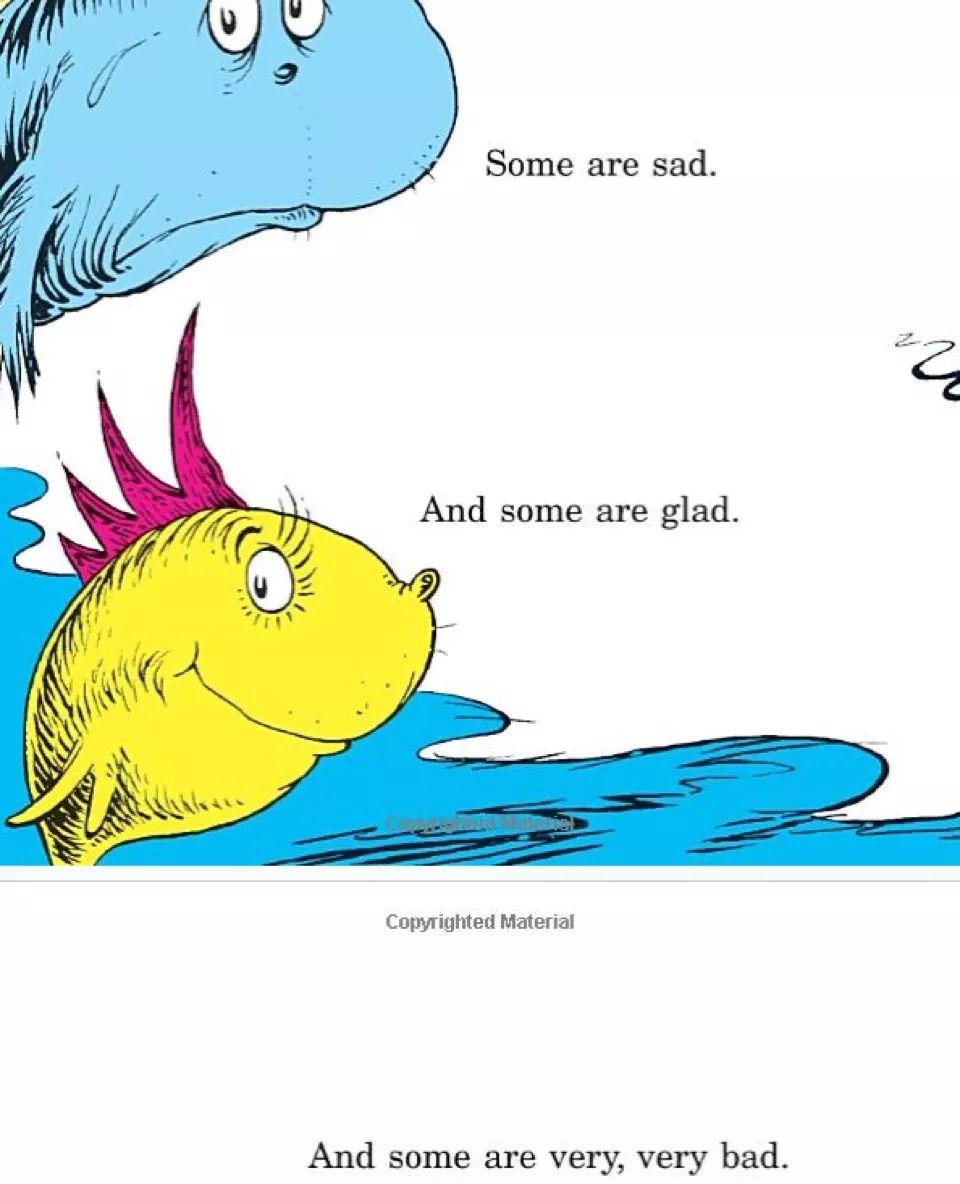— Tips: Click on the top 【Han Dad in America】 to view past content —
Before National Day, I wrote an article introducing how tongue twisters help children with their English speaking. A mother asked if I had any tongue twister recommendations, so today I will discuss this question in detail!

In English, tongue twisters have a very vivid description, called Tongue Twister. Tongue refers to the tongue, while Twist means to intertwine, together it vividly depicts the essence of tongue twisters as “the tongue intertwined”.
We also said many tongue twisters when we were kids, like “Eating grapes without spitting out the skins, not eating grapes but spitting out the skins.” I still sometimes compete with my child to say this. At that time, it was purely for fun, but after my son started school in the US, I discovered that tongue twisters are a very important way for American teachers to teach children speaking!
This is because the words in English tongue twisters are carefully arranged. Although the sentences are not long, several core vocabulary words sound very similar or look alike. Some have the same rhythm, some have the same alliteration, and some are conjunctions. Therefore, when children read these words, they must pronounce them very clearly in order to distinguish these easily confused words. My child told me that when teachers play games with students at school, he always tries very hard to exaggerate his mouth shape to pronounce clearly. Otherwise, if he mixes them up, he will be met with laughter from his classmates!
In fact, many classic books in the US are arranged in the form of tongue twisters, with the most famous set being Dr. Seuss. The text in it emphasizes rhythm, and the pronunciation of the words is very similar. When children read, they must pay attention to the differences to read the text clearly. This process is the best exercise for their speaking.
For example, let’s look at a page from Dr. Seuss’s “One Fish, Two Fish, Red Fish, Blue Fish”.

(from Dr. Seuss)
Some are sad.
And some are glad.
And some are very, very bad.
The words sad, glad, and bad all follow the same rhythm /ad/, so when children read this, they will pay extra attention, pronouncing each word clearly so their pronunciation becomes very accurate.
Therefore, Dr. Seuss is one of the must-read books recommended in American classrooms, which is due to its effectiveness in training children’s speaking and reading skills. By the way, if you read Dr. Seuss to your child, make sure to read the English version, as the essence of this book is in English speaking training, and translating it into Chinese cannot reflect the original flavor.
So how can we use tongue twisters to train speaking? There is an institution in the US called Spoken English Practice, dedicated to ESL (English as a Second Language) teaching. They found significant improvements after applying tongue twisters in children’s speaking training. I specifically looked at their teaching experience sharing yesterday and found that there are indeed some tricks to choosing which tongue twisters to practice speaking!
(from https://www.spokenenglishpractice.com/improve-pronunciation-skills/)
Alliteration
First is alliteration, which features tongue twisters composed of words starting with the same consonant, and the pronunciations of the words are very similar.
For example, here is a simple tongue twister where all the words start with the consonant /n/ and form a sentence.
Nine nice night nurses nursing nicely.
There are also more complex ones, like the classic tongue twister below, all starting with /p/.
Peter Piper picked a peck of pickled peppers.
A peck of pickled peppers Peter Piper picked.
If Peter Piper picked a peck of pickled peppers,
Where’s the peck of pickled peppers Peter Piper picked?
2
Rhyme
The second is rhyme, where most of the words in the tongue twister have rhyming endings. This form of rhyme is also commonly used in nursery rhymes, poetry, and children’s books, like the aforementioned Dr. Seuss books, many of which use rhyming.
For example, here is a simple tongue twister where the rhyme is /kri:m/.
I scream, you scream, we all scream for ice cream.
There are also more complex ones, like the following tongue twister that has two rhymes, fuzzy/wuzzy, bear/hair that rhyme with each other.
Fuzzy Wuzzy was a bear.
Fuzzy Wuzzy had no hair.
Fuzzy Wuzzy wasn’t fuzzy, was he?
3
Digraphs
The third is digraphs, which refer to two letters combined to produce one sound, such as ch, sh, th, wh are examples. Digraphs are also commonly used in tongue twisters.
For example, here is a tongue twister where the t and th produce different sounds. Children easily confuse them, so the tongue twister mixes words starting with t and th together to clarify the distinction between the two.
Tom threw Tim three thumbtacks.
There’s also this one, where s and sh produce different sounds, sell/seashell.
She sells seashells by the seashore. The seashells she sells are seashells she is sure.
4
Blends
The last one is blends, which also combine two letters together but unlike digraphs, the two letters in blends produce different sounds. Therefore, this type of tongue twister trains children to pronounce each word clearly, avoiding mumbling.
For a simple example, here is a tongue twister with cl, cr combinations, where each letter must be pronounced and avoid mixing up the l and r sounds.
How can a clam cram in a clean cream can?
And there’s this particularly tricky one!
The big black bug bit the big black bear,
but the big black bear bit the big black bug back!

Basically, these four types of tongue twisters are the most helpful for children’s speaking. My child’s teacher often uses these tongue twisters in class to play games. My son often comes home from school bragging about the tongue twisters he learned, and after saying them a few times with him, I find my own pronunciation improves significantly. You will also find that if you used to stutter when speaking English, practicing tongue twisters will make your English expression much smoother. Therefore, tongue twisters are a great way to play language games with children at home!
The Spoken English Practice institution also provides a set of teaching materials on tongue twisters, covering the four types of tongue twisters mentioned in this article. I briefly looked through it, and this teaching material has a total of 46 pages and contains 398 commonly used English tongue twisters.
These include classic Western tongue twisters, like the one below about “can.”

There are also many excerpts from children’s books, like the classic passages from Dr. Seuss’s books.

These tongue twisters are very interesting. If you play games with your child at home or use them to lighten the atmosphere in English classes, these tongue twisters are a very good choice.
You can reply tongue twister in my public account’s dialogue box to get the download link for this material. Remember to do it in the daily article push area, not in the comments below!
PS. After the WeChat update, the dialogue box is not easy to find. Click on the second “Han Dad in America” below the title, then “Enter public account,” click the keyboard icon on the left of the bottom “Article Directory,” and a text box like WeChat chat will appear where you can type the keyword to receive a reply.
I hope this helps you! ^_^
Related Reading
Han Dad’s new book “Silicon Valley Engineer Dad’s Super Thinking Training Course” is on hot sale at Dangdang, click the bottom left Read the original text to purchase!


Han Dad in America
Silicon Valley engineer dad, sharing American education concepts and resources, focusing on English, math, and science enlightenment, will definitely open your mind!